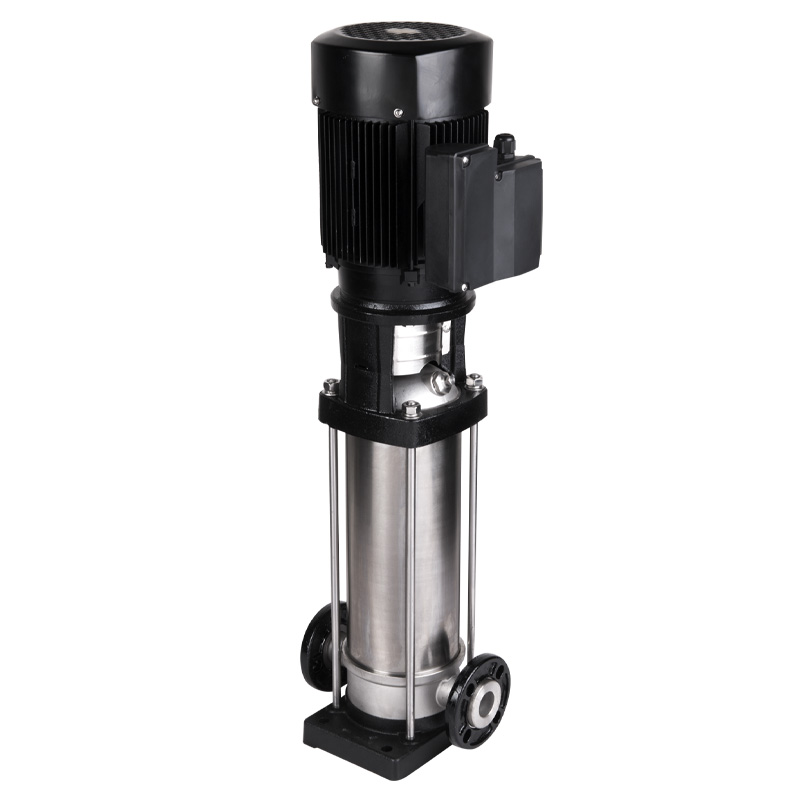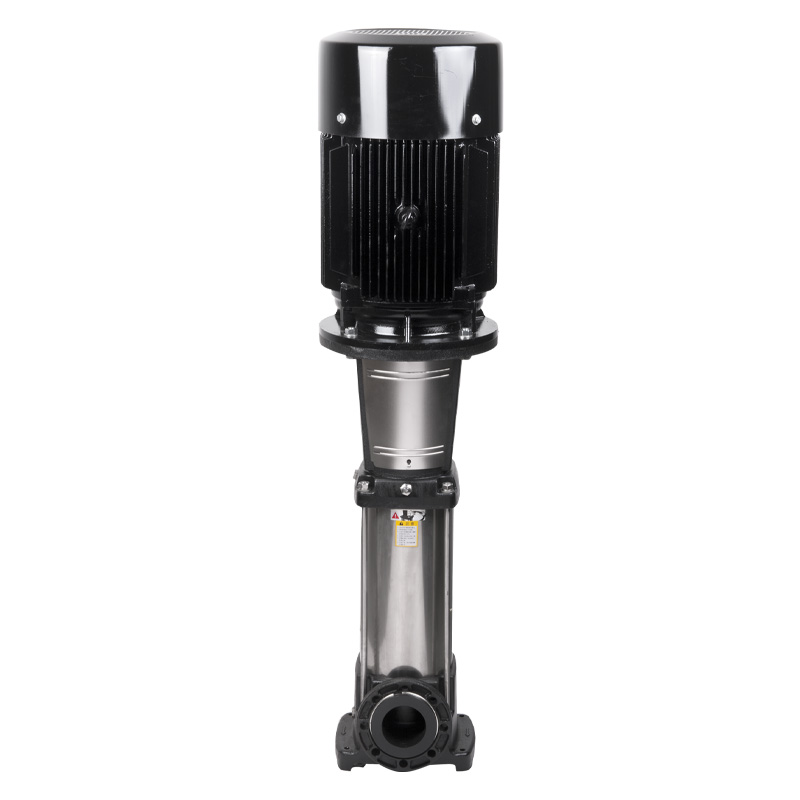High-head pumps excel in handling high-pressure differentials and long-distance transportation scenarios. They can lift liquids to elevated heights or overcome resistance in long pipelines, making them ideal for applications requiring high-pressure delivery such as water supply with significant elevation drops, mine drainage, and high-pressure cleaning. These pumps demonstrate broad applicability by handling various media including clean water, wastewater, corrosive liquids, and particulate-containing fluids (depending on material and model selection), meeting specialized requirements across industries like manufacturing, agriculture, and mining. With stable operation and high efficiency, their design emphasizes energy conversion optimization. They maintain consistent flow rates and pressure outputs under high-head conditions, effectively preventing mid-process issues caused by insufficient pressure.
When selecting high-lift pumps, environmental conditions must be carefully evaluated. This includes considering factors such as ambient temperature and humidity, operational parameters (including liquid suction and discharge pressures), working modes (continuous or intermittent), installation requirements (fixed or mobile positions), and maintenance accessibility. Material selection should align with the medium’s physical and chemical properties. The choice of materials for pump flow components should take into account corrosion resistance, presence of solid particles, and temperature characteristics to ensure optimal performance.
Post time: Jul-21-2025




